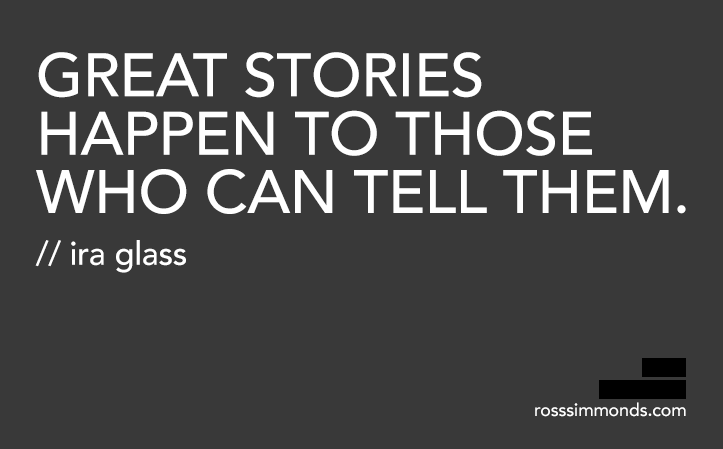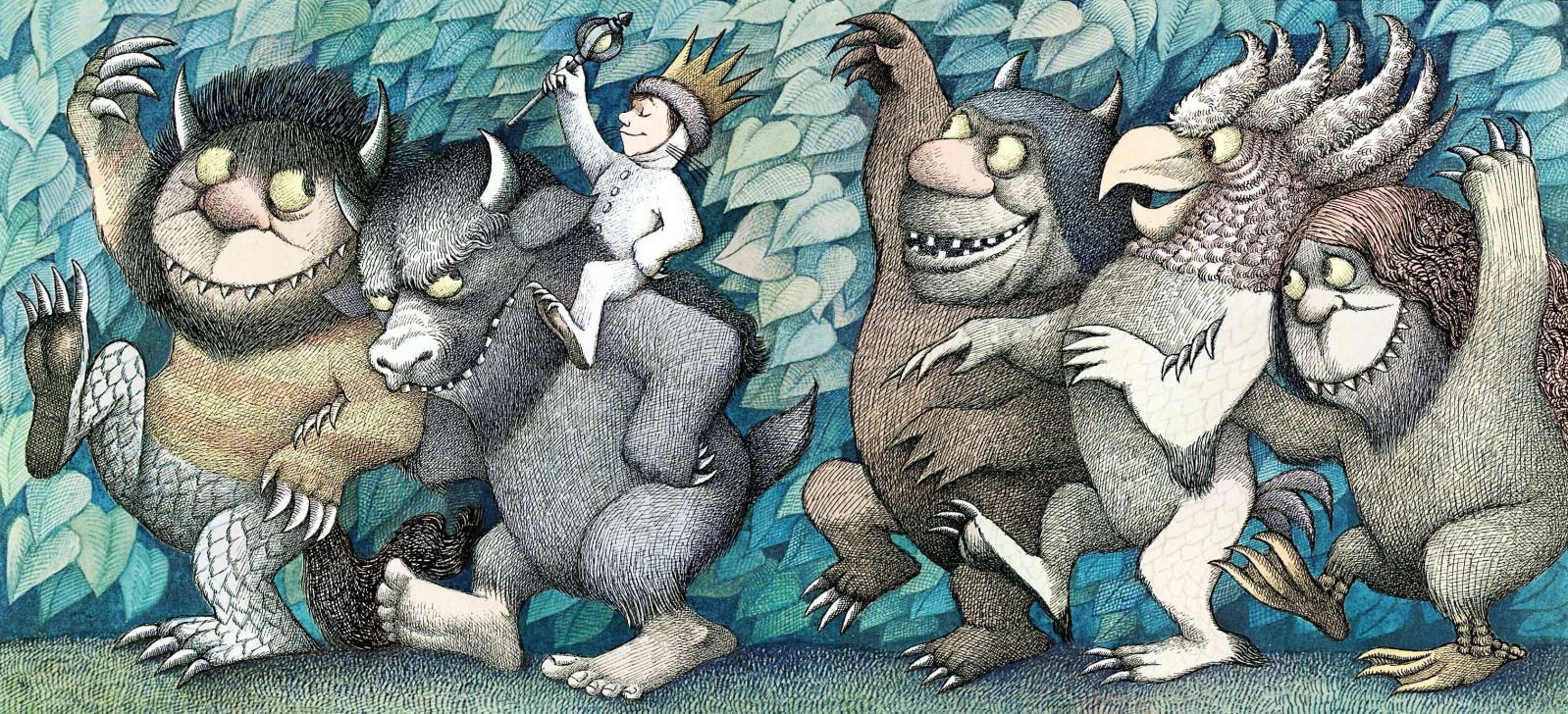The Future of Content
In the past decade or so content has been subject to the following disruptive forces - miniaturization; contextualization; sensationalization.

How our Lives are Changing the Stories we Tell
THE STORY OF US
Stories are the mirrors of human memory.
All our stories are ultimately a reflection of our humanity and the world we inhabit. We may not notice it but everything around us is steadily changing and so stories exist to remind us of who we really are and all the places we have and have not been. Dickens, Rumi, Achebe and all the other literary giants shared this unique ability to transport their readers to a different place, a different time. They would paint foggy March mornings in London with the same detail as the warm evenings in the Grand Bazaar of Tehran and in that moment all their stores would become our own forever.

Our stories are as human as we are.
Each generation has a few great stories to tell and in the case of millennials and digital natives, that narrative would include remarkable technological progress, massive social inequity and the man-made plague of continuous partial attention. This is honestly the Attention Deficit Disorder (ADD) era where our brains have become conditioned to multitasking, burnout, hyper-speed consumption, micro-content generation, etc. This cocktail of behaviors has resulted in the long-term development of an on-demand mentality where everything is now predicated on immediate gratification. This is important because these flaws influence our character, our stories and the means we use to share them.
A SHIFT IN POSSIBILITIES

All content is now distribution.
Content has gone through several stages of evolution and its most recent avatars include blogs, vlogs, tweets, vines, pins, snapchats, secrets and so much more. However, in the past decade or so content has been subject to the following disruptive forces -
- Miniaturization
- Contextualization
- Sensationalization
Although the miniaturization of content has been a very obvious trend, it is directly related to contextualization where micro-formats such as tweets, vines and photos on Instagram have gained mainstream acceptance. This translates into the fact that due to ease of content creation and substantial user traction, a tweet or pin is now the default content format versus a blog post. Consequently, this has resulted in the specialization of self-expression since depending on the context a specific micro-format is chosen. Lastly, there has been a meteoric rise in sensationalism, across all mediums, to boost the economics of content consumption and this in turn has led to the establishment of digital studios and viral platforms such as Vice and BuzzFeed.
However, this exponential increase in ease of content creation has led to 2 primary issues - content discovery and monetization. Early movers such as BuzzFeed have tried to address these issues through volume, curation and promotion on social networks which has garnered gigantic view counts and cemented their position as a viral content destination site. At this scale, we must recognize that it has evolved from a simple content site with listicles, cute animal videos and sensationalist titles to a niche distribution platform with its own set of challenges. The setting up of an external brand publisher platform only accentuates this shift towards media distribution because the focus is no longer to monetize through display or native advertisements and sponsored or advertorial content. Instead, the aim is to sell space or an inventory of visibility similar to the broadcast television model because this is predicated on guaranteed recurring traffic.

Contextual awareness is the next step.
Technology has greatly expanded the storytelling toolkit ever since the first book was published, but the pace of this evolution has never been faster. In the future, I expect the following 3 areas to play a critical role in content -
- Design
- Awareness
- Utility
Responsive design was an early indicator of content evolution since it facilitated mass consumption on mobile devices such as tablets and phones while preserving the narrative’s aesthetics. However, Awareness will prove to be a game-changer for content because, as illustrated in the mockup above, it will allow content to morph in real time to match the reader’s context. For example, Person A visiting a blog on the laptop may experience a traditional article (1000 words) but his experience on a tablet for the same content would be shorter (500 words) and more visual, while the mobile version may perhaps include only photos, pins, vines and tweets. This is responsive content and it is significant because it establishes multiple content experiences for a single story, one of which is dynamically chosen. The third aspect of change would lie in the utility of the story itself. What can a story achieve? Well, I believe that evolution in the feature set of a story will include the ability to define actions which better serve its author, audience or narrative. For example, a listicle written by GAP on Buzzfeed’s brand publisher platform highlighting the “10 things Santa should’ve gotten You this Christmas” would feature GAP merchandise and offer a contextual BUY button, dynamically, in addition to the usual share option. In this case, the utility of this story is commerce not information and technology would self-determine the best course of action to support it.
Marketers ruin everything. Always.
Marketers are good at several things but if there was ever only one criteria to evaluate their success and talent then it would have to be their ability to innovate and game public information systems for visibility.
Gary Vaynerchuk, a marketing master, has been able to achieve an open rate of 89% on email marketing campaigns with a 400,000 strong mailing list. Since Gary is way ahead of the curve he was able to get these numbers in 1996. However, as other marketers figure out the system and the mechanics which govern their success they ruin the medium or platform for everyone else. This is a fact that has reoccurred hundreds if not thousands of times globally and it’s of critical importance since it dictates that medium or platform evolution is necessary every few months or years in order to keep succeeding. Thus content innovation must lead to keep marketers at bay and ensure our stories reach the audience.